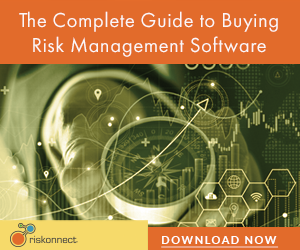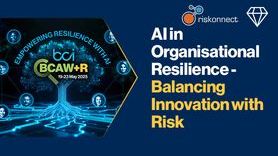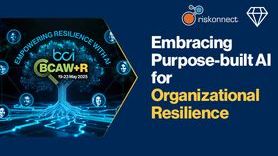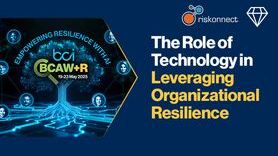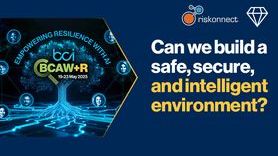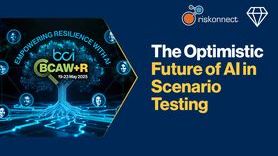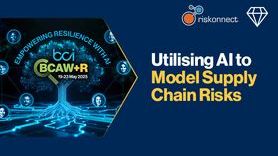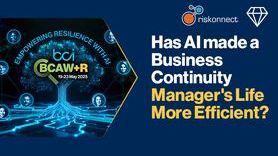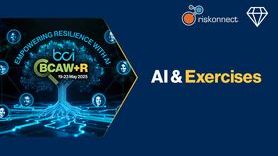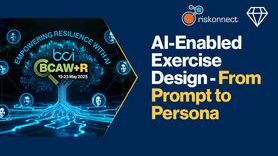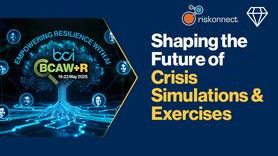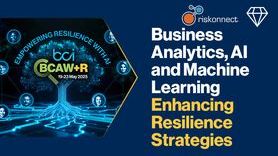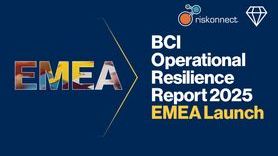Click, Click, Click, BOOM: Diffusing the resilience timebomb with microsimulations

Pop quiz hotshot. You just finished that Business Continuity eLearning module in record time. Did you:
- Skim read and take pot shots at the questions until you passed?
- Hit up Claudia on Teams to see if she had answers for questions 5 – 12?
- Get lucky?
- All of the above?
Resilience training has an engagement problem. As counterintuitive as it seems, crisis fatigue, recency bias and the tyranny of distance (in a work from home setting) has put many people off devoting more time and resources to preparedness. With many “engagement rich” training methods like tabletop exercises put on hold, or rolled out in a compressed format at executive level, many levels of operations are left wanting when it comes to building critical capability in this brave new world.
When forced to stretch resources to cover organizational training gaps, many practitioners turn to eLearning for its scalability and reportability.
Unfortunately, despite best intentions, this ultimately leads the organization to light the fuse of its very own resilience capability timebomb.
Whilst on paper everything looks fine, with each month that passes, a capability gap develops and broadens, becoming dangerously evident when a critical event materializes.
Resilience, has been identified as the most important skill to develop for navigating 2021 by Learning and Development leaders worldwide (source: LinkedIn Workplace Learning Report 2021).
Furthermore, 95% of leaders agree that their crisis management capabilities need improvement (Source: PwC Global Crisis Survey 2021).
So before we steer our organizations down 2019’s “cover all” path of resilience eLearning, let’s take a critical look at it as a training method in the true light of day, as well as explore a more engaging alternative.

